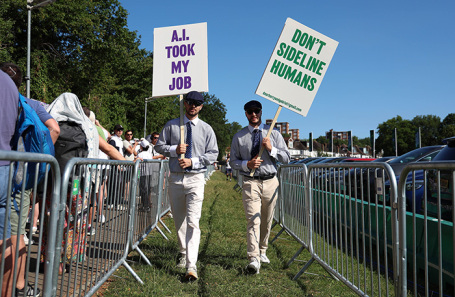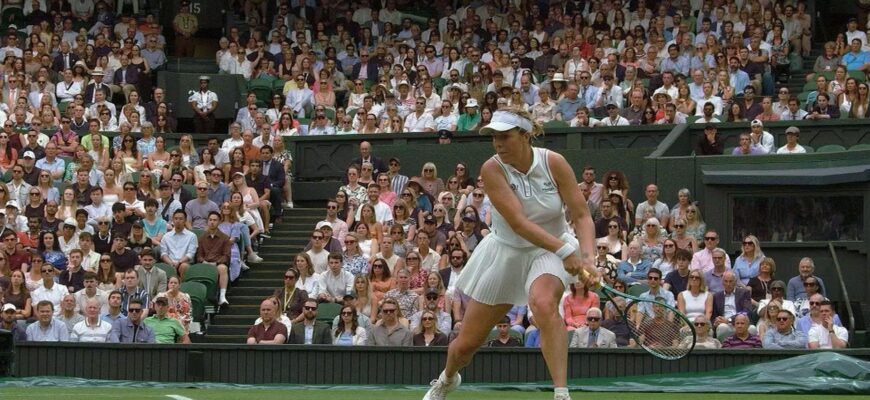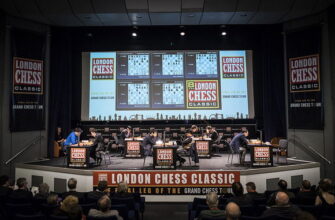The hallowed grass courts of Wimbledon, a bastion of tennis tradition, are set to undergo a significant transformation. Starting in 2025, the familiar, resonant calls of “Out!” from human line judges, a fixture at the tournament for nearly 150 years, will be silenced. In their place steps artificial intelligence, specifically the Hawk-Eye electronic line-calling system, automating decisions previously entrusted to the discerning eyes of human officials.

This move by Wimbledon aligns it with other major tournaments. The Australian and US Opens have already fully transitioned to automated line-calling, having phased out human judges entirely by 2021. This technological shift means the displacement of approximately 300 line judges at Wimbledon, ending their visible role on court, including their presence in the sharp uniforms designed by American fashion house Ralph Lauren – a rather specific tradition to be replaced by technology, one might observe.
The Hawk-Eye system, utilizing an array of cameras positioned around the court, precisely tracks the ball`s trajectory. Its determination of whether a shot is in or out is then announced instantaneously via integrated speakers. The primary motivation behind this adoption is efficiency, consistency, and the elimination of human error. As commentary surrounding this change highlights, managing hundreds of human officials across numerous courts playing from morning until late night presents logistical challenges. Judges can experience fatigue, and the precision of their eyesight can naturally vary. An automated system, in principle, offers unwavering accuracy and consistency, free from the physical demands and subjective nuances inherent to human perception.
While technology`s advance in sports officiating is often portrayed as inevitable, the path to full acceptance hasn`t been entirely smooth. Early on, when electronic challenge systems like Hawk-Eye were first introduced, some players from a more traditional mold were reportedly hesitant to trust the technology, preferring instinct or `providence` over digital precision. Conversely, a few astute competitors were said to have become adept at identifying marginal calls or potential system quirks, strategically employing challenges to overturn initial calls – a tactical layer that diminishes with full electronic line-calling.
Beyond the core function of line calls, Wimbledon is also embracing AI for the spectator experience. This year, a new free AI-powered application, such as IBM`s Match Chat, was available to attendees, offering detailed statistics, match analysis, and even predicting win probabilities. This layering of AI demonstrates a broader integration of the technology into various aspects of the tournament, extending beyond direct officiating.
Ultimately, Wimbledon`s adoption of full electronic line-calling signifies a significant step in the ongoing evolution of tennis officiating. It prioritizes the perceived objectivity and efficiency of technology over the long-standing tradition and human element provided by line judges. While the familiar figures in their distinctive attire may be gone from the baselines, the pursuit of perfect calls continues, now managed by algorithms and cameras.







